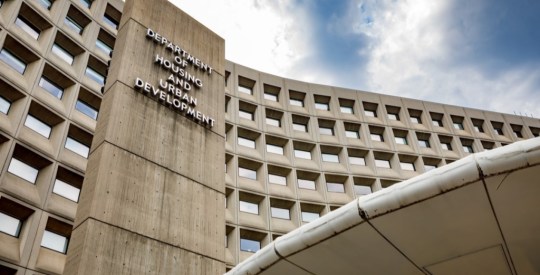Adding to the uncertainty surrounding the American economy in general and the housing sector in particular, is the reporting by Jackie Stewart in Mortgage Servicing News recently, “Bad Loans Remain Well Above Pre-crisis Levels.” In her article, Stewart notes that the banking industry continues to sit on a mountain of problematic loans seven years after the onset of the financial crisis.
Further, and I quote, “Credit quality, to be sure, is substantially better than it was during the peak of the crisis. But the amount of nonperforming assets on bank’s books is more than triple the levels reported in 2006.”
Does this sound like the housing sector is or has been in a real recovery? Yes, I know, rhetorical, indeed.
Presciently, an executive from the banking arena is quoted in the piece as stating the obvious that the banking system and our economy would have recovered faster if there had been much more emphasis placed on disposing bad assets, rather than institutions managing them.
As I have stated a number of times, if the federal government had not heavy-handedly jumped in with foreclosure moratoria, HAMP, HAFA and many other foreclosure alternative or delaying programs purported to benefit consumers, the private sector would have dealt more swiftly with the housing crisis. We would certainly have felt the pain, but it would have been over sooner, as in every other recession in our nation’s history. Instead of pulling off the metaphoric band-aid quickly, we continue to suffer from the drip, drip, drip of a kind of water torture administered by our “all-knowing and all-caring federal government.”
The protracted recession, from which we still have not recovered in any measurable way, was caused by government intervention. Failed policies in this sector have been no less impactful in the negative than the current administrations’ foreign policy.
Additionally, while many banks had concluded that holding nonperforming real estate assets while interest rates remained so low for so long may soon find themselves more willing to dispose of these assets as interest rates begin to rise, as they surely will either later this year or the first part of 2016.
But wait, there’s more!
Again, as I have written numerous times over the past year, FHA loans have become the new subprime. So risky are FHA loans today that, as many media outlets have reported, Chase Mortgage has backed away from originating them.
Kevin Watters, CEO of Chase Mortgage, has been quoted in the media as saying, “FHA requirements are down to a 520 FICO score and you only have a 3.5 percent down: that’s subprime lending, and we’re not in the subprime business.”
It has been reported that independent mortgage bankers are utilizing some of the most sophisticated financial engineering that this industry has ever witnessed. And there is growing dependence on credit lines, securitization involving multiple players, and much more frequent trading of servicing rights. As a result, the risks are amplified.
Sound familiar? It should, and it should raise red flags everywhere. Here we go again.
Not to stop there, some of our banking industry contacts have told us that already in 2015, nearly 10% of HELOCs that have reset are delinquent. But the potential delinquencies are no doubt quite higher, since they are not reported until payments are more than 90 days late. Since there are 56% of 3.3 million HELOCs scheduled to reset with higher interest rates over the next four years are on underwater homes, as reported earlier this year by RealtyTrac, this should add to the general alarm.
States with the most HELOC resets are California, Florida, Illinois, Texas, and New Jersey. California leads the way with a total of 423,706 (66%) that are still seriously underwater. The average monthly payment increase on HELOCs resetting in the Golden State over the next four years is $215. Not a huge amount, but with so many Americans living from paycheck to paycheck, this will have a noticeable impact, and rising default numbers could be part of that impact.
Other states among the top ten for resetting HELOCs are Ohio, New York, Arizona, Pennsylvania, and Washington.
While it is counter to my optimistic nature to be the continual bearer of bad news, I will never shy away from calling it as I see it, and I have seen this coming for quite some time. You can take it to the bank.



